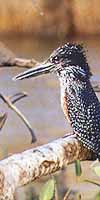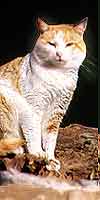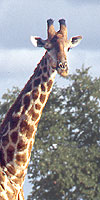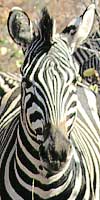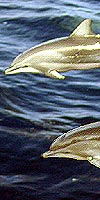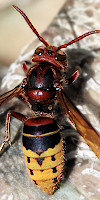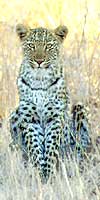where we
explain how in an epoch of obvious degradation of the environment advertisers
started to play much greener themes than before.
are often called upon to be kissed to escape
some limitation or trigger a change for the better. They may also stand for nature and the environment. About
a third of our samples relate to a characteristic of the animal: colour, size, behaviour, etc.
are mainly used to impersonate strength, or power,
or endurance. They are often chosen because they live in a cold and harsh environment and also
because of their sometimes humanlike posture. Bears can represent nature.



